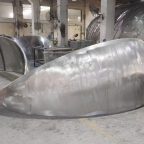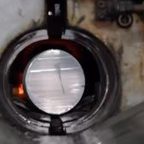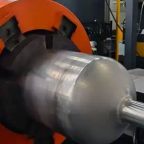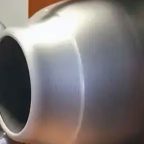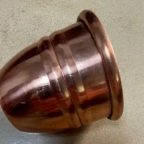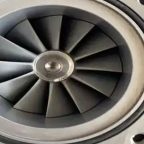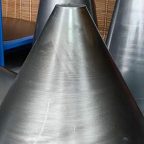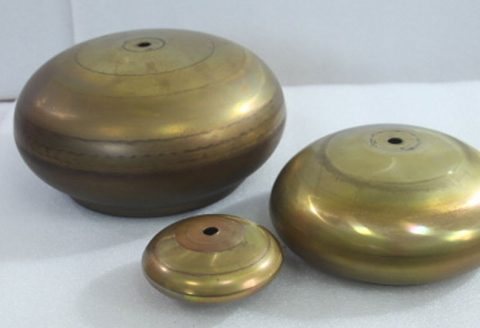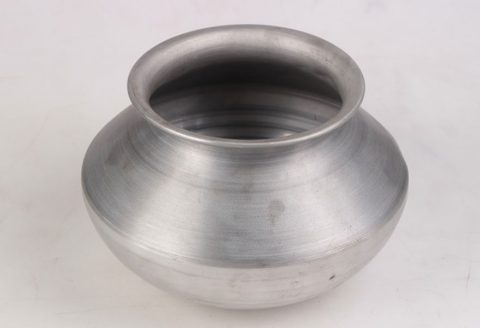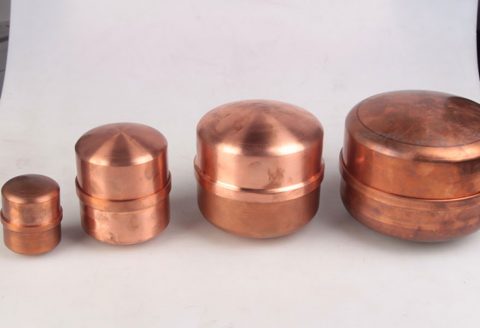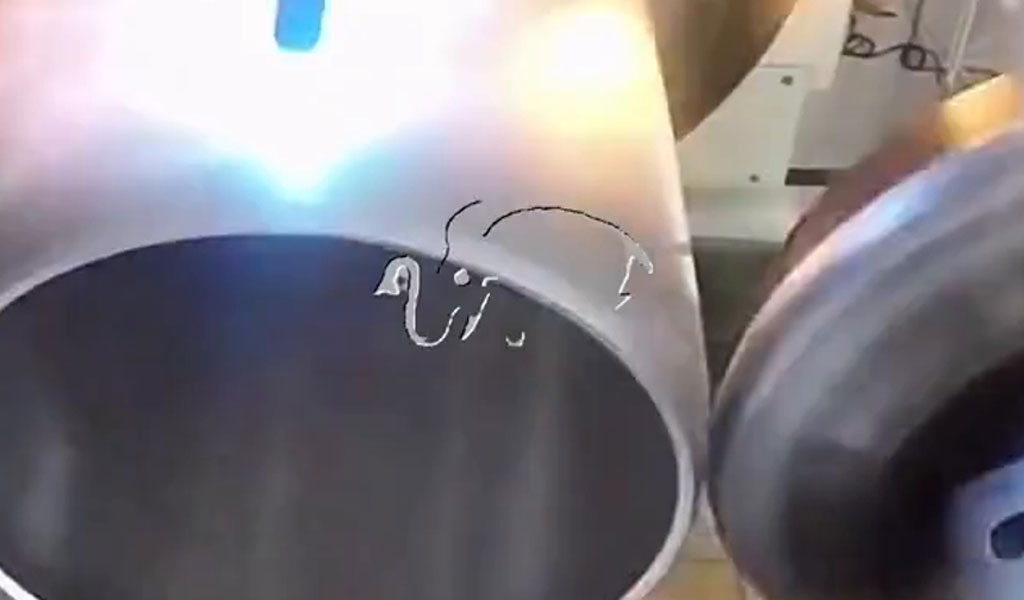
The evolution of mechanical systems has been profoundly influenced by the development of spinning technology, particularly in the design and application of pulleys. Pulleys, as simple machines, have been integral to human engineering for millennia, enabling the lifting and movement of heavy loads with minimal effort. The integration of spinning technology—encompassing advanced materials, precision manufacturing, and innovative design—has revolutionized the efficiency, durability, and versatility of pulleys across industries.
This article aims to provide a thorough exploration of spinning technology as applied to pulleys, examining historical developments, modern innovations, material science, industrial applications, and future trends. The discussion is structured to cater to both academic researchers and industry professionals, offering detailed comparisons, technical specifications, and case studies.
1. Introduction to Spinning Technology and Pulleys
1.1 Historical Context of Pulleys
The pulley is one of the six classical simple machines, with evidence of its use dating back to ancient Mesopotamia and Egypt. Early pulleys were constructed from wood and rope, serving primarily in construction and water lifting. The introduction of metal pulleys during the Industrial Revolution marked a significant leap, enabling the handling of heavier loads and the development of complex mechanical systems.
1.2 The Advent of Spinning Technology
Spinning technology, in the context of pulleys, refers to the processes and techniques used to manufacture pulley components with high precision and strength. This includes the spinning of metal sheets to form pulley grooves, the use of composite materials, and the application of advanced coatings to reduce friction and wear. The integration of computer numerical control (CNC) spinning has further enhanced the accuracy and repeatability of pulley production, making it possible to create complex geometries and optimize performance.
1.3 Importance of Spinning Technology in Modern Pulleys
Modern pulleys are expected to operate under extreme conditions, including high speeds, heavy loads, and corrosive environments. Spinning technology addresses these challenges by:
- Improving material distribution and structural integrity
- Reducing weight while maintaining strength
- Enhancing surface finish for reduced friction
- Enabling customization for specific applications
2. Materials Used in Spun Pulleys
2.1 Overview of Material Selection
The choice of material for spun pulleys is critical, as it directly impacts performance, longevity, and cost. Common materials include metals (steel, aluminum, brass), composites (carbon fiber, fiberglass), and polymers (nylon, polyurethane). Each material offers unique advantages and is selected based on the intended application.
2.2 Comparative Analysis of Pulley Materials
The following table provides a detailed comparison of materials commonly used in spun pulleys: MaterialTensile Strength (MPa)Density (g/cm³)Corrosion ResistanceCostTypical ApplicationsCarbon Steel500–10007.85ModerateLowIndustrial machinery, heavy liftingStainless Steel500–12008.00HighHighMarine, food processing, chemical plantsAluminum200–5002.70HighModerateAerospace, automotive, lightweight systemsBrass300–6008.73HighModerateDecorative, low-friction applicationsCarbon Fiber1000–40001.60HighVery HighHigh-performance, aerospace, racingNylon50–1001.14ModerateLowLight-duty, consumer products
2.3 Impact of Material Properties on Spinning Process
The spinning process is influenced by the material’s ductility, hardness, and thermal conductivity. For instance, aluminum’s high ductility makes it ideal for deep spinning, while steel’s hardness requires more robust tooling and higher spinning forces. Composite materials, though lightweight and strong, present challenges in achieving uniform thickness and surface finish during spinning.
3. Spinning Processes in Pulley Manufacturing
3.1 Conventional Metal Spinning
Conventional metal spinning involves the deformation of a metal disc or tube over a mandrel using a spinning tool. This process is widely used for producing axisymmetric pulleys with smooth surfaces and consistent wall thickness. The main advantages include low tooling costs and the ability to produce large pulleys with minimal material waste.
3.2 CNC Spinning and Automation
The advent of CNC spinning has revolutionized pulley manufacturing by enabling precise control over the spinning process. CNC machines can produce complex pulley profiles with high repeatability and minimal operator intervention. Automation has also reduced production times and improved product consistency, making CNC spinning the preferred method for high-volume and high-precision applications.
3.3 Innovations in Spinning Technology
Recent innovations include:
- Hot Spinning: Heating the workpiece to improve formability, particularly for high-strength alloys.
- Shear Spinning: Reducing wall thickness during spinning to create lightweight pulleys.
- Incremental Spinning: Using multiple passes to achieve complex shapes and tight tolerances.
4. Design Considerations for Spun Pulleys
4.1 Groove Design and Load Distribution
The design of the pulley groove is critical for ensuring proper belt or rope alignment and load distribution. Spinning technology allows for the creation of precise groove profiles, including V-shaped, U-shaped, and flat grooves, each suited to different types of belts and operational requirements.
4.2 Balancing and Vibration Control
Imbalanced pulleys can lead to excessive vibration, noise, and premature wear. Spinning technology enables the production of pulleys with uniform mass distribution, reducing the need for post-production balancing. Advanced spinning techniques, such as dynamic balancing during the spinning process, further enhance pulley performance.
4.3 Surface Treatments and Coatings
Surface treatments, such as anodizing, plating, and powder coating, are often applied to spun pulleys to improve corrosion resistance, reduce friction, and enhance aesthetic appeal. The choice of treatment depends on the material and the operating environment of the pulley.
5. Industrial Applications of Spun Pulleys
5.1 Automotive Industry
Spun pulleys are extensively used in automotive applications, including engine timing systems, power steering, and air conditioning compressors. The lightweight and high-strength properties of spun aluminum and steel pulleys contribute to improved fuel efficiency and reduced emissions.
5.2 Aerospace and Defense
In aerospace and defense, spun pulleys are utilized in landing gear systems, flight control mechanisms, and auxiliary power units. The use of advanced materials, such as titanium and carbon fiber, ensures high performance under extreme conditions.
5.3 Renewable Energy Sector
The renewable energy sector, particularly wind and solar power, relies on spun pulleys for the efficient transmission of mechanical power. Large, high-strength pulleys are used in wind turbine gearboxes and solar tracking systems, where reliability and durability are paramount.
6. Future Trends and Research Directions
6.1 Integration of Smart Materials
The development of smart materials, such as shape memory alloys and piezoelectric composites, holds promise for the next generation of spun pulleys. These materials can adapt to changing loads and environmental conditions, enhancing performance and longevity.
6.2 Advances in Additive Manufacturing
Additive manufacturing, or 3D printing, is increasingly being integrated with spinning technology to produce hybrid pulleys with complex internal structures. This combination allows for the optimization of weight, strength, and functionality.
6.3 Sustainability and Recycling
As environmental concerns grow, there is a push towards the use of recycled materials and sustainable manufacturing processes in pulley production. Spinning technology is well-suited to these efforts, as it minimizes material waste and energy consumption.
Conclusion
The application of spinning technology in pulleys represents a significant advancement in mechanical engineering, offering improvements in performance, efficiency, and versatility. As materials science and manufacturing technologies continue to evolve, spun pulleys will play an increasingly vital role in a wide range of industries. This article has provided an overview of the key aspects of spinning technology in pulleys, from material selection and manufacturing processes to design considerations and industrial applications. Future research and development are expected to further expand the capabilities and applications of spun pulleys, driving innovation and progress in mechanical systems worldwide.
Maximize Tooling and CNC Metal Spinning Capabilities.
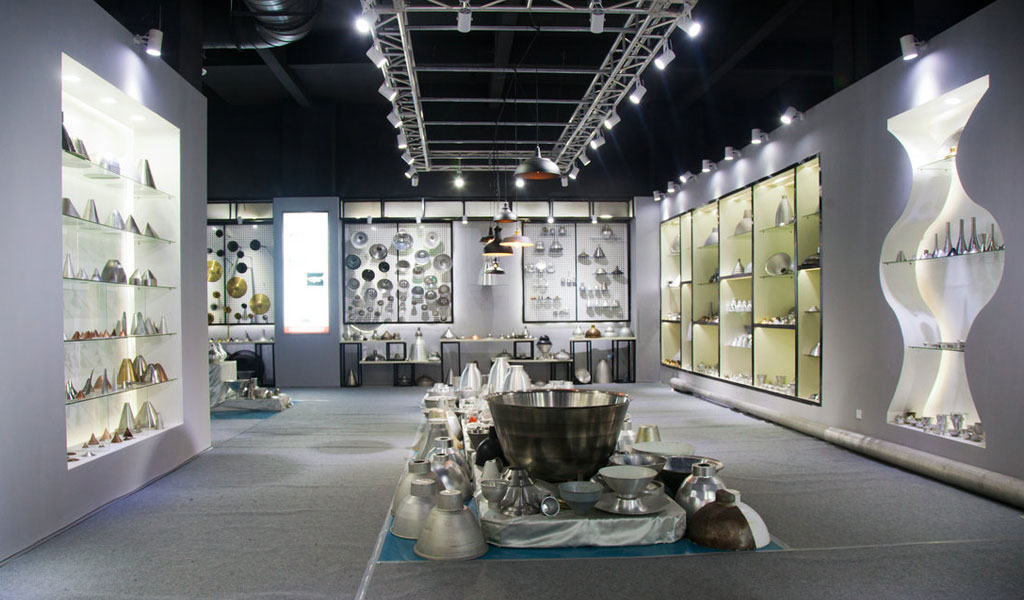
At BE-CU China Metal Spinning company, we make the most of our equipment while monitoring signs of excess wear and stress. In addition, we look into newer, modern equipment and invest in those that can support or increase our manufacturing capabilities. Our team is very mindful of our machines and tools, so we also routinely maintain them to ensure they don’t negatively impact your part’s quality and productivity.
Talk to us today about making a rapid prototype with our CNC metal spinning service. Get a direct quote by chatting with us here or request a free project review.
BE-CU China CNC Metal Spinning service include : CNC Metal Spinning,Metal Spinning Die,Laser Cutting, Tank Heads Spinning,Metal Hemispheres Spinning,Metal Cones Spinning,Metal Dish-Shaped Spinning,Metal Trumpet Spinning,Metal Venturi Spinning,Aluminum Spinning Products,Stainless Steel Spinning Products,Copper Spinning Products,Brass Spinning Products,Steel Spinning Product,Metal Spinnin LED Reflector,Metal Spinning Pressure Vessel,
